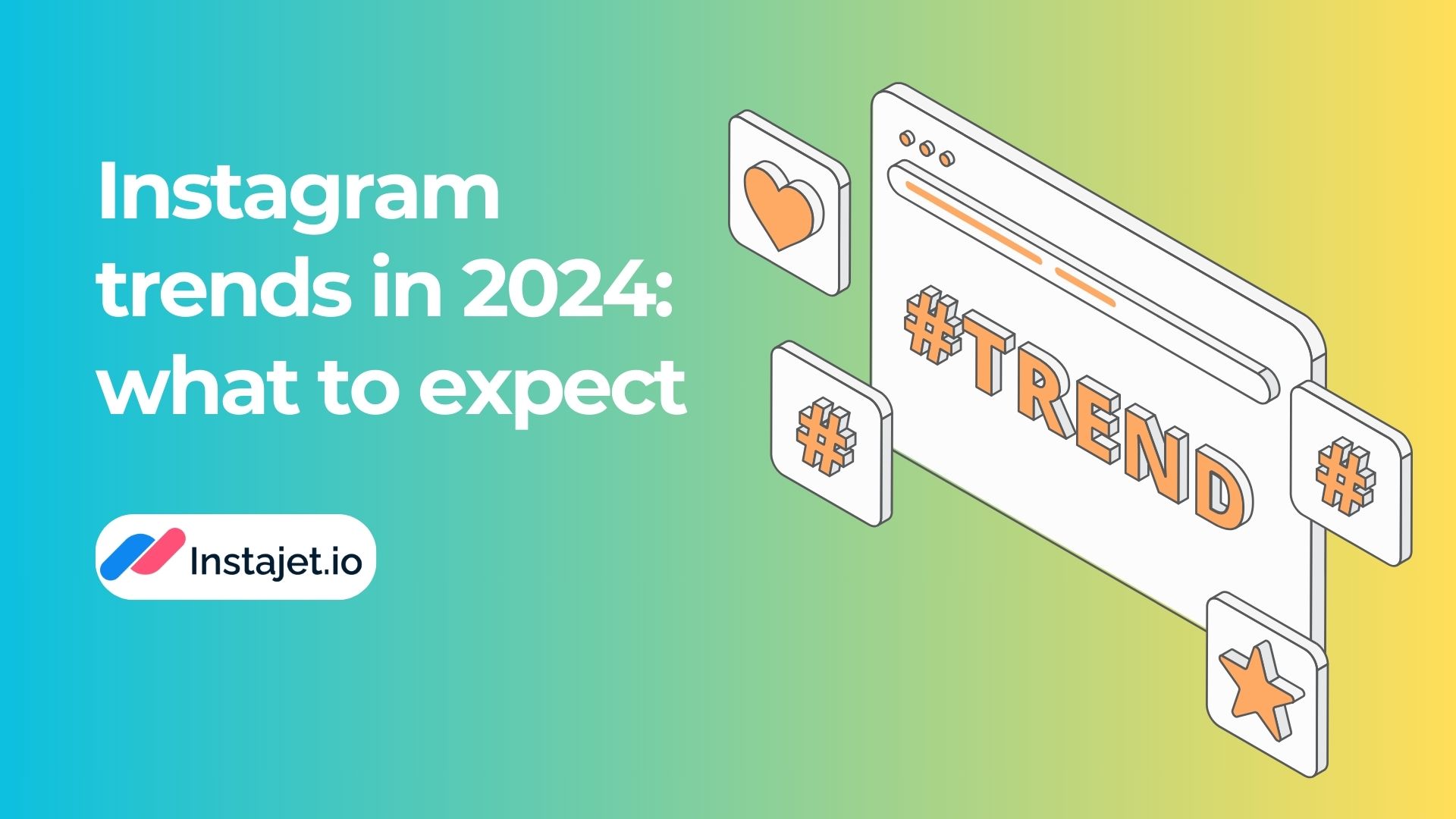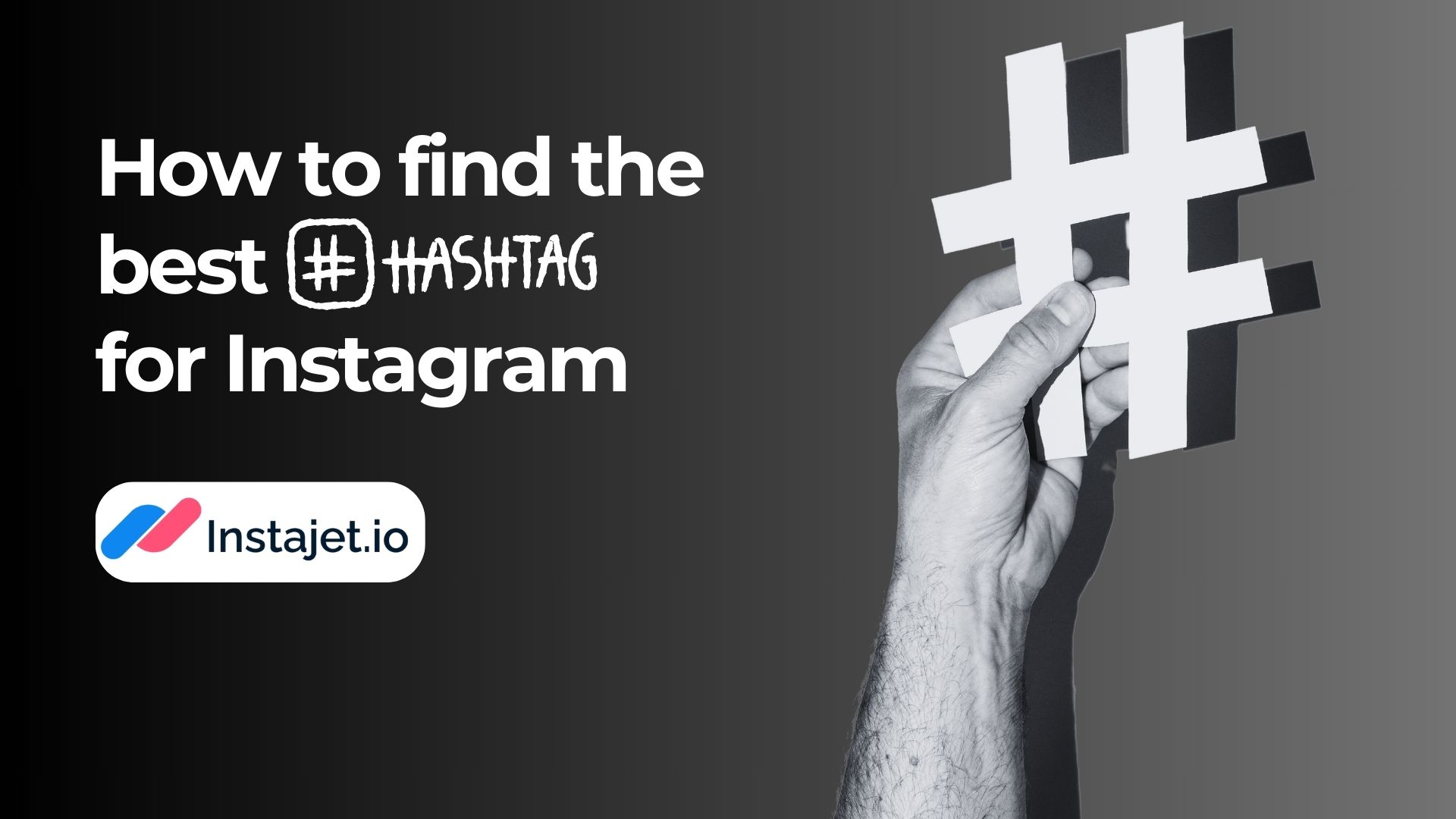A well-crafted content strategy can help you build a loyal following, increase brand awareness, and generate leads for your business. However, creating a content strategy that truly resonates with your audience and aligns with your brand requires careful planning and execution. In this article, we'll explore the steps you can take to create a content strategy that will help you achieve your business goals.
Step by step
The first step in creating a content strategy that aligns with your brand is to define your brand identity. This includes identifying your brand values, mission, and unique selling proposition (USP). Your USP is what sets you apart from your competitors and helps you stand out in a crowded market. Here are a few examples of unique selling propositions:
1. Apple: "Think Different"
2. FedEx: "When it absolutely, positively has to be there overnight"
3. Domino's Pizza: "You get fresh, hot pizza delivered to your door in 30 minutes or less or it's free"
Defining your brand identity is crucial because it will inform the type of content you create, the tone of your messaging, and the channels you use to reach your audience.
The second step in creating a content strategy that resonates with your followers is to identify your target audience. You need to understand who your audience is, what they are interested in, and what problems they are trying to solve. This information will help you create content that is relevant, valuable, and engaging to your audience. You can gather this information through market research, customer surveys, and social media analytics. Another way to study your followers is to take a look at your competitors' Instagram accounts and analyze their followers. Look for commonalities among their followers and use this information to better understand your own audience.
Once you have a clear understanding of your brand identity and target audience, you need to set your content goals. Your content goals should align with your business objectives and be specific, measurable, achievable, relevant, and time-bound (SMART). For example, your content goal might be to increase website traffic by 20% in the next six months or to generate 50 new leads per month. With your goals in mind, you can now develop your content strategy. Your content strategy should include the type of content you will create, the topics you will cover, the channels you will use to distribute your content, and the frequency of your content. You should also consider the format of your content, such as blog posts, videos, infographics, or social media posts. Your content strategy should be aligned with your brand identity and designed to resonate with your target audience.
We prepared an example of an excellent content strategy of a travel company.
- Blog posts. The company could create blog posts that cover topics such as the best adventure destinations, travel tips for adventure travelers, and personal stories from travelers who have been on adventure trips.
- Social media content. Instagram is a perfect platform to post stunning photos and videos of adventure destinations, highlight customer reviews, and share inspiring travel quotes.
- Video content. It might be a great idea to create videos that present adventure trips, provide packing tips, and offer a behind-the-scenes look at the company's trips.
- Influencer marketing. The company may partner with adventure travel influencers to create sponsored content that showcases the company's trips.
- Email marketing. Sending out a monthly newsletter that includes travel tips, exclusive discounts for subscribers, and highlights of upcoming trips might also be beneficial for the company in a sense to drive sales.
This content strategy is designed to provide value to the company's target audience, build brand awareness, and drive engagement and sales. By creating compelling content that speaks to the desires and interests of adventure travelers, the company can establish itself as a go-to resource for this type of travel and ultimately drive more bookings for its adventure trips.
After planning a content strategy, you can start creating valuable content. Your content should be high-quality, informative, and engaging. You should also consider the tone and style of your content, which should be consistent with your brand identity. Don't be afraid to experiment with different types of content and formats to see what resonates with your audience. Next step is to distribute it across your marketing channels. This includes your website, social media, email marketing, and other channels that are relevant to your audience. You should also consider paid advertising, such as Google Ads or Facebook Ads, to reach a wider audience. Your content distribution strategy should be designed to reach the target audience where they are and in the format they prefer.
Finally, you need to analyze your results to see how your content is performing. You should track your website traffic, engagement on social media, and the number of leads generated by your content. You can use this information to make adjustments to your content strategy and improve your results over time.
Budget talk
The amount a company should allocate for a content strategy realization can vary widely depending on several factors, such as the size of the company, the industry, the scope of the content strategy, and the goals of the company.
A small business with a limited budget may be able to get started with a content strategy for a few thousand dollars per year, while a large corporation may need to allocate tens or even hundreds of thousands of dollars for a comprehensive content strategy. Some of the costs associated with a content strategy might include:
- Content creation: the cost of creating blog posts, videos, social media content, and other types of content.
- Content distribution: promoting content through advertising, social media marketing, and other channels.
- Content management: managing a content calendar, tracking metrics, and adjusting the content strategy as needed.
- Technology: the cost of any tools or software needed to create or distribute content, such as video editing software or social media scheduling tools.
- Talent: hiring writers, videographers, social media managers, and other professionals to create and manage content.
In general, it's important for a company to allocate enough budget to create high-quality content that resonates with their target audience and achieves their goals. However, it's also important to balance the cost of content creation with the potential return on investment, and to adjust the content strategy as needed based on performance metrics.
Summing up
Crafting a content strategy that resonates with the audience and aligns with the brand is essential for businesses to build a loyal following, increase brand awareness, and generate leads. To achieve this goal, businesses need to define their brand identity, identify their target audience, set specific content goals, develop a content strategy, create valuable content, distribute it across relevant channels, and analyze the results to make necessary adjustments. Staying true to brand identity, providing value to the audience, and being adaptable are crucial for creating a successful content strategy. By following these steps, businesses can create unique and effective content strategies that meet their specific business objectives.
Any questions left?
We are Instajet.io - a service that helps advertisers find their audience through integrations with bloggers, handpicked by our team. All you need to do is to register on our website, and start picking influencers that fit your brand - hundreds of them in one place, eager for cooperation!
Follow ourTelegram channel. Here you will find many useful materials for your ad campaigns and promo codes for your integrations. Otherwise, you can also contact us via the form on the website or via our email info@instajet.io. Our support team will be happy to help you!




